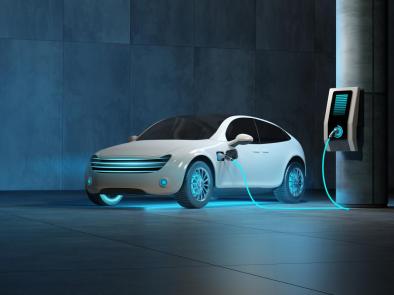

Hybrid or plug-in hybrid?
In this article we break down the differences between hybrid vehicles and plug-in hybrids, based on their intended usage.
While the previous article talked about 100% electric vehicles, it is now time to turn to hybrid and plug-in hybrid cars. Staying within the framework of the new approach to sustainable mobility, which is the focus of Global Mobility Call and which promotes environmentally friendly modes of transport, these are increasingly common vehicle options in this country.
We can start off from the basis that one of the main advantages of these types of cars is that both are environmentally friendly.
Hybrid vehicles have been around for many years, with the first forays into this mode of mobility made by the Japanese brand Toyota, which has been patenting this type of environmentally friendly vehicle since 1974. The other mode, plug-in hybrid, has been developed to satisfy new market demands for vehicles that can meet users’ needs for more environmental protection and lower emissions.
This article will look at the differences between hybrid and plug-in hybrid vehicles, but to find out which is the better mode for each user, it is important to understand the characteristics of each type.
Hybrid car characteristics
In technical terms, these cars are known as HEVs. Hybrid vehicles are powered by two engines, each using a different power source. One is a combustion engine and the other is an electric motor. This enables the vehicle to propel itself using both engines, with the aim of maximising efficiency.
One of the benefits of this type of vehicle, when it comes to driving around Spanish cities, is its ECO sticker. Depending on the city in which you live, this badge can entitle you to a discount on the regulated parking fee or exemption from vehicle bans during periods of heavy air pollution.
Plug-in hybrid car characteristics
These vehicles are known as PHEVs, and are another form of dual-propulsion vehicle that uses both a combustion engine and an electric motor. The difference is that the engine powered by renewable energy has a high-voltage battery that can be recharged by connecting it to the electricity grid.
This type of car carries the 0 label. In Spain, this is the environmental classification that has the best benefits and entitlements, including free access to low-emission zones, free regulated parking and free usage of high-occupancy lanes.
According to these definitions, these are vehicles with a combustion engine that works alongside an electric motor which can function and recharge autonomously or through charging from the grid.
Which is better?
We can see that this poses a question: is one better than the other? The answer is no. It all depends on what facilities you have available, what use you are going to put it to and what you are looking for in a vehicle. So, the question is not so much which will be better but which is better suited to your needs.
In addition to considering the car’s intended usage, the types of journeys you want to make and the roads you will travel, it is also essential to know how you are going to charge the car, when weighing up the option of a plug-in hybrid. In this case, you need a charging point either at your house, parking space or garage, or an available public charging station. And this last option will increase the cost.
It is clear that a plug-in hybrid can offer you more range on electric power due to its actual charge, plus, as a driver, you have the capacity to choose which engine you wish to use at any time. Because of this, PHEVs are a good option if most of your journeys are made in the city. At the same time, a hybrid vehicle is much more efficient than a normal fuel engine, and uses the electric motor depending on specific driving needs.
And the opposite is true with longer journeys. Plug-in hybrids, perhaps, fall somewhat short in this area, since it is not possible to use the electric charge alone for many kilometres, unless you are prepared to make stops to recharge the battery every few kilometres. A hybrid vehicle, meanwhile, will cover these journeys more economically in terms of fuel expenditure. The key element here is weight. Plug-in vehicles are heavier, whereas hybrids are lighter, and this means lower costs.
As far as price is concerned, these vehicles occupy a similar position in the market, with plug-in hybrid vehicles costing a little more due to the cost of the rechargeable design.
Conclusions: it depends on usage
At the end of the day, we can see that neither vehicle is necessarily better than the other. Instead, what you need to consider before getting one of these vehicles is: what is its intended usage, and how and where are you going to drive it?





